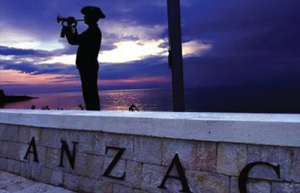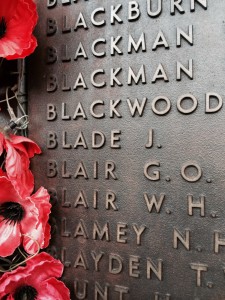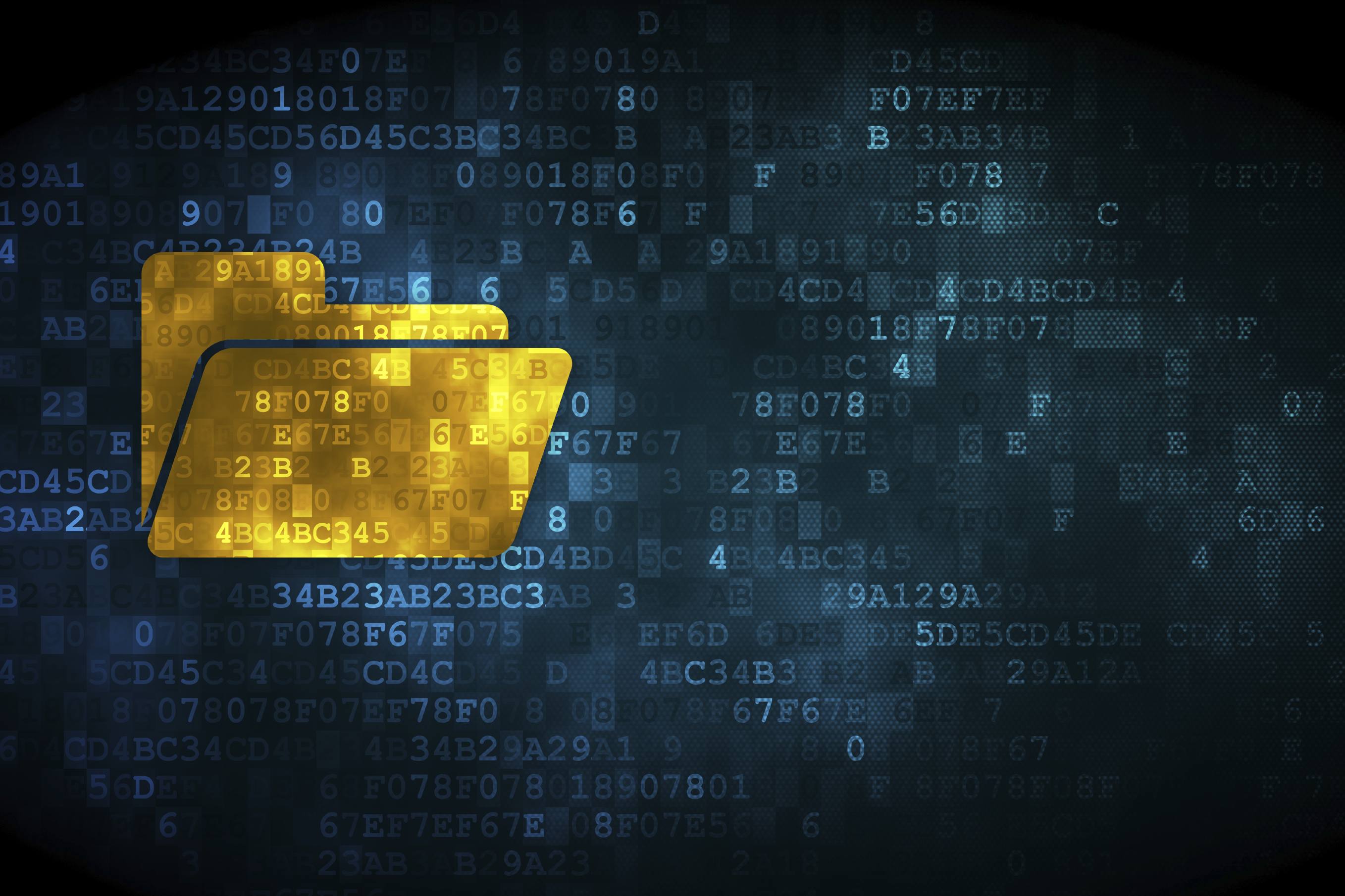
This is the first in the series “Digital Downunder” bringing weekly insights and stories about Australia’s accelerating Digital Government agenda. Michelle is a member of the buzzing digital government ecosystem in Australia’s national capital, Canberra. Today, she reflects on a group of quiet achievers in digital government.
There is a ritual in our family. It has been developing for more than 10 years. It came with the advent of teenage children, and the feeling that I needed to give them meaning and greater connections to their past – some understanding of family legacy.
In just a few days’ time it will be 25 April – ANZAC Day, Australia’s Day of Remembrance. After the Last Post has ended and the chill of the 4 am Dawn Service start has been warmed by a hearty breakfast, we repeat a Google search. We type in the words “George Oswald Blair” – and share, read and re-read what we find. We do this in a sacred bubble, unaware if others are repeating the same ritual across Australia and New Zealand. It is a moving and personal experience. We have been doing this every ANZAC Day for the past 12 years.
George Oswald Blair was an ANZAC, an Australian who joined with New Zealand compatriots to fight in Gallipoli in the early stages of World War 1. Together, these fellow Aussies and Kiwi troops formed the heart of a celebrated infantry corps who went on to see many battles, wins and losses over the course of the Great War. Their courage, initiative, stoicism, mateship and quirky sense of humour is the stuff of legend.
By 1968, all living memory had been lost after his parents and all siblings had died. Yet, thanks to the diligence of Australia Government information managers and archivists since 1919, we have found again this simple Australian man. He was a skilled horseman working with quarrying teams near Kiama on the south coast of New South Wales. He enlisted in 1915 with his buddies. They were sent to Turkey to fight on the Gallipoli Peninsula. George was wounded at the ferocious Battle of Lone Pine. He was sent for recuperation at Heliopolis, Egypt. When he had recovered, he sailed to the port of Marseilles in 1916 to join fighting on the Western Front in France. There, as part of the 4th Australian Infantry Battalion, he fought on the Somme, and survived the Battle of Bullecourt. Although he sustained serious injuries he recuperated well, this time in England.
Feeling that “he had done his duty to King and Country“, the records show that his parents asked that he be allowed to return home to Australia. But, we know that this was not to be.
On 22 September 1917, a little over 20 days after returning to active duty in Ypres, Belgium, George was killed in action just near ‘Clapham Junction’. A Lewis Machine gunner, he was part of a contingent that had gone ahead to prepare the way to Polygon Wood during the Third Battle of Menin Road where so many other Australian, New Zealand, British and American soldiers died.
The eyewitness accounts of his death by some of his injured comrades are painstakingly recorded in copperplate by Red Cross officers in hospitals across Europe and Australia. His sergeant remembers the time of death, and gently softens the message recalling that “Private Blair was a very popular chap”.
The body of Private George Oswald Blair, the soldier with the poignant service number of 1914 and my great uncle, was never recovered. He is one of the world’s unknown soldiers. Those for whom the final resting place is not known. For this, he is honoured on the Menin Gate in Ypres and at the Australian War Memorial by the Tomb of the Unknown Australian Soldier.
As ANZAC Day draws near once again, I find myself reflecting on my online relationship with Government. I’m looking forward to our annual search and the new content we will find. Yes, I am a proud client of Government digitised information repositories and online services. I am one of the millions of citizens and employees of government, not-for-profits and business who seek, and in my case, receive a meaningful, digital experience from Government.
I have this positive experience of digital government because of the government’s early digital adopters in Australia. I call them the ‘quiet achievers’. They are the National Archives of Australia and the Australian War Memorial. Their digitisation programs give the public access to our society’s records, and preserve the originals for future generations. These agencies understand their customers’ motivations, needs and capability. Like their state and national counterparts in the USA, UK and many jurisdictions around the world, they hold the principles of government transparency and open access core to their mission and operations.
Digitisation of local, state and national government collections transforms the everyday existence of Australians by allowing them to re-discover lost family and social ties. It helps build the social fabric of society. It re-ignites trust and builds government credibility, and it is further encouraging the move to digital channels for many who are digitally inexperienced.
Australia’s digital government agenda is at an inflection point. In the first quarter of 2015, the agenda has accelerated rapidly. At the federal government level, this has been boosted by the new Digital Transformation Office (DTO). It is sponsored by the Minister for Communications, Malcolm Turnbull, and the Prime Minister, Tony Abbott. The goal: by 2017, all major federal government transactions will be delivered digitally.
Australia is following the UK and the USA’s digital government lead. The citizen experience is rightly being placed front and centre in “a relentless focus on the needs of the user”. The newly released Digital Service Standard & Design Guide provide the design criteria for the 500-day sprint to 2017.
In the quest for rapid transformation, design teams can look to “the quiet achievers” of Australian digital government for inspiration. They will find exemplars of resourceful design, and deep customer understanding and empathy. These deliver the government’s promises of transparency, genuine engagement and customer satisfaction for everyday Australians.
Michelle Narracott, Canberra, Australia

Michelle Narracott is part of the GovLoop Featured Blogger program, where we feature blog posts by government voices from all across the country (and world!). To see more Featured Blogger posts, click here.




Cool to hear the great work going on in Australia
Thanks, Steve. It’s great to be part of the GovLoop community. Looking forward to the sharing, learning and innovation. It is an exciting, dynamic time for public sectors around the world.
Michelle you have drawn a powerful link between the importance of digital government to society, the steps Australia is taking in the right direction, and the personal history of many Australians that is able to be “lived” and preserved through these efforts. I enjoyed this read very much. Thankyou.
Thanks, Mark. I am pleased you enjoyed the blog. So often I think we forget to learn from the immediate past, and from the stories our customers and longer serving colleagues are telling us about designs. I hope that through regular, rounded community of practice discussion, training and sharing of case studies we can provide inspirations to others in Australia and overseas. Thank your for your vision … And forum, GovLoop
What a wonderful, touching and inspirational story. One that drives at the heart or every person to ensure that accurate information is passed on from one generation to another, through war times and peace times. How good is it that we can now “Search” for referencable information about our fallen hero’s. For a brief moment through the “digital” medium (thanks to the many that make this possible), we are almost able to visualise some of their experiences in the front line and empathise with their struggles and sorrow as well as share in their fun times and joy, although brief…………..never forgotten……………thanks to our “digital time capsule”.
Thank you. Ore. I believe that, as publjc sector practitioners, the more we learn to understand the many customers of government the better. This is requiring new mindsets and thinking but we are heading in the right direction. Cheers, Michelle